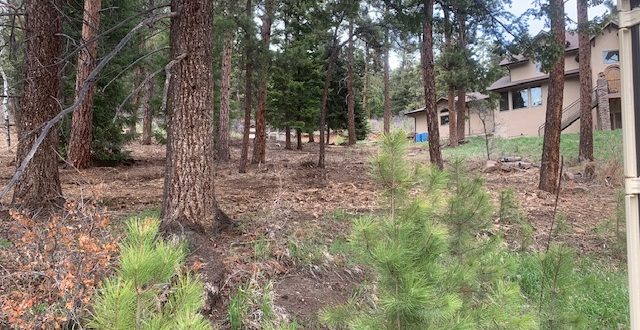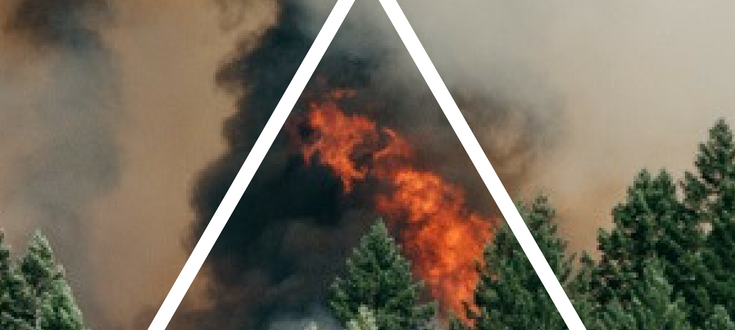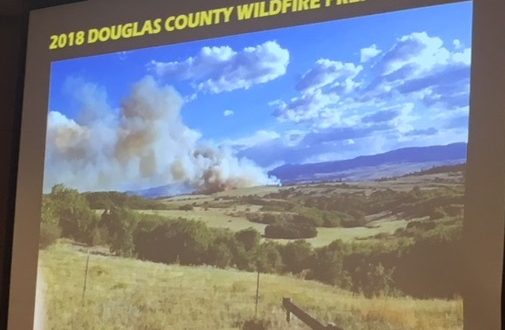If you are located in Larkspur and would like to get a free estimate on fire mitigation, contact us now. What Is Firewise Community? The population of America is growing considerably. In fact, that’s the case for the entire world. With the growing population comes the growing risk of more wildfires. You know the danger of wildfires and the long-term damage they cause. Preventing them is essential, and this is where the Firewise Community comes into play. Firewise Communities help with the mitigation of wildfires. They help get families ready for the disaster and take steps to prevent wildfires spreading. Firewise communities of Douglas county include: Antler’s at Sageport Bell Mountain Ranch Woodlands and Escavera Greater Perry Pines The Timbers
(719) 400-9104
office@coloradomastication.com
Wildfires are devastating. They don’t just affect the homes of people, but the homes of the wildlife. These fires can destroy miles of beautiful forestry and put lives in danger. It’s important to understand why and how wildfires occur so you can do your part in preventing them. It takes three items to make a wildfire happen. The ignition source needs to come into contact with a combustible material, and to spread, it needs enough heat and oxygen. In cases of wildfire, the ignition source usually comes into contact with some vegetation and that spreads rapidly. The Heat Needed for a Fire Fires need the right temperature to burn and spread. At 450F, wood will release flammable gases, but it’s
Colorado officials have confirmed that the state is looking at the worst wildfire season in five years. The 2012 and 2013 season devastated lands after blazes ravaged woodland across the whole state. Fears about the current weather forecast are rampant. The dry winter has already left mountain areas almost barren. This doesn’t set the ground ready for what is likely to be a hot and dry summer. While it may be too early to tell for definite, this is the perfect time to get ahead and plan for potential wildfires spreading like crazy. The U.S. Drought Monitor confirmed that snowpack levels are much lower than the average, with 87/62% of the state suffering from dry to extreme drought conditions. Only


